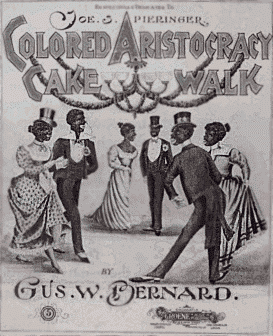Hello,
everybody!
As you know,
even if we have decided to follow a chronology in order to you to understand
easily the history of music, we also want to show some curiosities related to
the topic. For this reason, in this post we are going to speak about important
places to the music.
Obviously, first
of all universities and schools, which are so numerous in the USA, so I have
chosen some of them:
Julliard School: located in Manhattan, NY, established in 1905, is one of the most prestigious drama, dance and music centre in the USA and trains approximately 850 undergraduates every year. A great amount of artist has studied there: musicians, singers, actors… However, I would like to remark Alan Gilbert who is the Music Director of the New York Philharmonic and who is Conductor Laureate.
The American Musical and Dramatic Academy: with campus in New York and Los Angeles, the AMDA, founded in 1964,is a centre which provide practical training by professional performer. It is specially focus in musicals, with notable alumni as Becca Tobin, one of the main characters in the popular TV show Glee.
Julliard School: located in Manhattan, NY, established in 1905, is one of the most prestigious drama, dance and music centre in the USA and trains approximately 850 undergraduates every year. A great amount of artist has studied there: musicians, singers, actors… However, I would like to remark Alan Gilbert who is the Music Director of the New York Philharmonic and who is Conductor Laureate.
The American Musical and Dramatic Academy: with campus in New York and Los Angeles, the AMDA, founded in 1964,is a centre which provide practical training by professional performer. It is specially focus in musicals, with notable alumni as Becca Tobin, one of the main characters in the popular TV show Glee.
Now, I would
like to show you some of the most important and best-known musical places in
the USA. However, you have to know that it is not possible to show you all of
them because in fact this is a real musical country where this art is extremely
important along history.
The Rock & Roll Hall Museum: created in April 1983 in Ohio, this museum has kept the memory of artists such as Elvis Presley, Ray Charles, Lou Reed, Louis Armstrong…And every year, they chose some of them and tell us their stories.
The Motown Historical Museum: founded in1959 by Berry Gordy in the first headquarter of the record company in Detroit, this museum show us the story of great artists like Michael Jackson, Marvin Gaye, Stevie Wonder, the Supremes…
The
Experience Music Project: I have chosen this place because its history is very
curious and the building is just unbelievable. This tribute to the musician
Jimi Hendrix and the process of creative evolution of American music was commissioned
by the Microsoft Company cofounder, Paul Allen and whose architect was the Canadian
Frank Gehry, best-known thank to the Guggenheim Museum.
The Rock & Roll Hall Museum: created in April 1983 in Ohio, this museum has kept the memory of artists such as Elvis Presley, Ray Charles, Lou Reed, Louis Armstrong…And every year, they chose some of them and tell us their stories.
The Motown Historical Museum: founded in1959 by Berry Gordy in the first headquarter of the record company in Detroit, this museum show us the story of great artists like Michael Jackson, Marvin Gaye, Stevie Wonder, the Supremes…

 There
are even musical cities as the Forbes
magazine says like San Francisco for classical music, Los Angeles for rock one,
Memphis for blues one, the amazing Louisiana for jazz…
There
are even musical cities as the Forbes
magazine says like San Francisco for classical music, Los Angeles for rock one,
Memphis for blues one, the amazing Louisiana for jazz…Finally I just wanted to name one of the worldly known musical places, Broadway. However, I am not going to talk about it because there will be a special post dedicated to musicals.
As I said at the
very beginning, United States is a country where music has a special and very
important role, not only in its history but nowadays too. For this reason, I
hope you will enjoy this post and maybe in the future you will have the opportunity
to visit some of them.
Best regards,
the musical girls!




































.jpg)
.jpg)
.JPG&container=blogger&gadget=a&rewriteMime=image%2F*)





